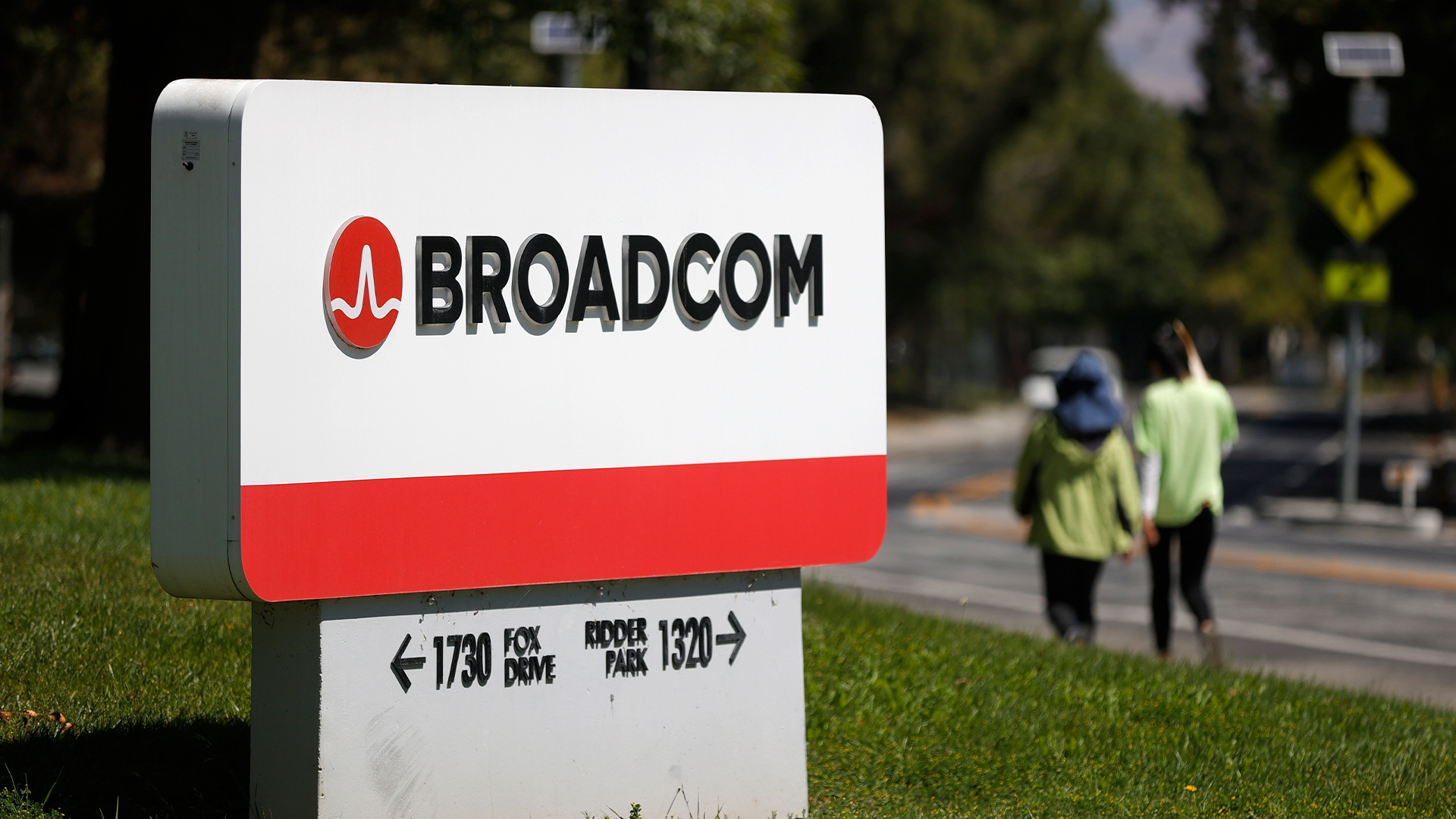IT managers must completely rethink how they buy monitors
With monitors changing from simple displays to powerful office tools, IT managers must change their buying processes


Over the past twenty years, I have tested and reviewed over 200 monitors, and I’ll be frank with you: most of the time, doing so hasn’t set my pulse racing with excitement. Perform technical tests for image quality. Check. Subjective tests for image quality. Check. Quality of stand. Check. Inputs and outputs. Check.
What’s made my job as a monitor tester even more tiresome is that the difference in image quality between models has become increasingly non-existent, at least to the naked eye. The days when an IT manager could buy a lemon of a display lie in the distant past, along with black-and-white TVs and Opal Fruits.
In which case, the logic surely goes, it’s never been simpler to upgrade an office’s worth of monitors: you just choose your preferred screen size and resolution, head to your favourite reseller and negotiate the deal. Right? Well, as you can probably guess, I’m here to tell you that’s wrong. In fact, I’d go so far as to say it’s downright neglectful.
This thought occurred to me when I was surrounded by almost 20 new AOC and Philips monitors, all aimed at business buyers. Moments before the revelation, I had walked into the hotel conference room and been almost paralysed by the volume of choice on offer. This is merely the output from two brands, don’t forget; expand your options to all the other manufacturers and you deserve to sob a little.
I didn’t sob. I’m a grown man and got on with the job, which was to try and work out which of these monitors were the most deserving of a review on an august site such as IT Pro (and its sister magazine I edit when I’m not testing monitors, namely PC Pro).
Now to my Eureka moment: when I realised these weren’t monitors in front of me. They looked like monitors. They even displayed images when connected to desktop PCs and laptops. But they had a secret life, one that could turn a sheet of glass into a “hub”.
I should immediately apologise for using the word “hub”, because it sounds like meaningless drivel and a little piece of my soul has shrivelled away by merely typing the word. But it’s also true. The majority of the monitors on view were indeed a hub, a physical manifestation of an office network. Many even come complete with RJ45 ports.
Sign up today and you will receive a free copy of our Future Focus 2025 report - the leading guidance on AI, cybersecurity and other IT challenges as per 700+ senior executives
This is all down to the confluence of two product categories, which have been bearing down on one another in a slow-mo crash over the past five years. Where once monitors with USB-C connections were expensive and rare, they are now – courtesy of AOC, Philips and others – commonplace and affordable. Good luck, too, finding any modern-day business laptop that isn’t powered over USB-C.
That means a monitor is not a monitor. What you are now buying is an invisible docking station that will transform a worker’s laptop into a desktop PC – and charge it, no less – with a single wire. It will do it for virtually no extra cost to you, including that most annoying cost of all: support calls. All you need to supply is a cable, a mouse and a keyboard. Some monitors even include webcams and speakers for the inevitable Teams meetings.
All of this means, when drawing up a list of monitors to buy, you can no longer pick a screen size, a resolution and head to your reseller with a metaphorical cheque in hand. I am sorry to say your job is now significantly harder.
Remember that point I was about to sob? Well, let me enumerate the reasons why. Philips alone has ten docking monitors aimed at businesses to choose from. They vary from the 24in Full HD Brilliance 243B1 around £230 exc VAT) to the 34in widescreen Brilliance 346P1CRH (£475 exc VAT).
Then we come to AOC, which is a sister brand to Philips in case you’re wondering why such arch-rivals were rubbing shoulders in a conference room. AOC built its reputation on value, on delivering high-quality screens, but not exactly smothering them with luxury features. Yet, as we hurtle towards 2023, it is seeing the USB-C port as a must-have in its new series of P3 business monitors.
Come 2023, from AOC and Philips alone, you will have almost 20 USB-C docking monitors to choose from. Add all the other options from BenQ, Dell, HP, and Iiyama. I don’t blame you if tears are now forming in the corners of your eyes.
But blink away the tears because, with great complication, comes great power. Your choice of monitor could make a huge difference to your users’ quality of working life – far more so than whether you equip their laptop with a Core i5 or a Core i7. If it happens to reduce the number of calls to your IT support team, all the better.
Tim Danton is editor-in-chief of PC Pro, the UK's biggest selling IT monthly magazine. He specialises in reviews of laptops, desktop PCs and monitors, and is also author of a book called The Computers That Made Britain.
You can contact Tim directly at editor@pcpro.co.uk.
-
 Cyber resilience in the UK: learning to take the punches
Cyber resilience in the UK: learning to take the punchesColumn UK law now puts resilience at the centre of cybersecurity strategies – but is legislation simply catching up with enterprise understanding that resilience is more than just an IT issue?
-
 CISPE claims European Commission gave Broadcom a ‘blank cheque to raise prices, lock-in, and squeeze customers’ with VMware deal
CISPE claims European Commission gave Broadcom a ‘blank cheque to raise prices, lock-in, and squeeze customers’ with VMware dealNews Cloud providers have issued a formal response to the General Court of the European Union after the Commission defended its approval of the deal
